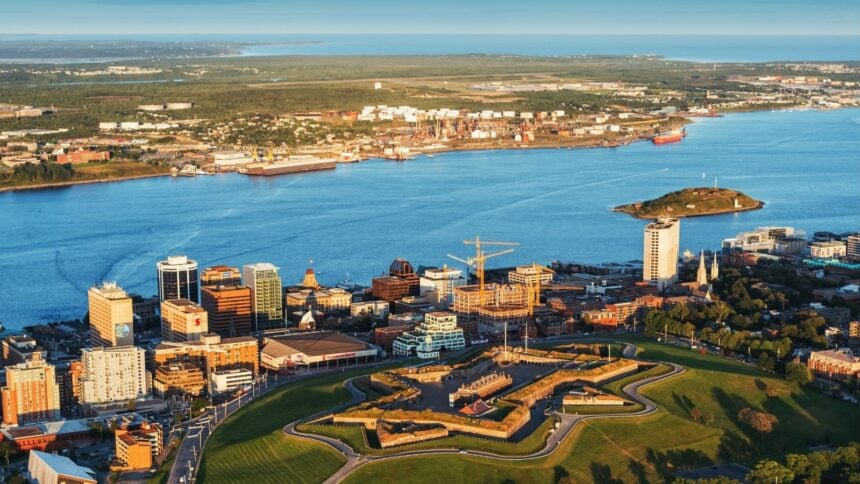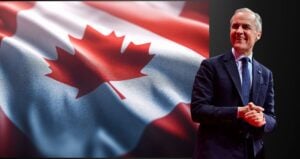The Great Lakes and St. Lawrence region took a fresh swing at coordinated economic policy this week, with governors and premiers approving an Agenda for Growth in Quebec City on October 6.
The coalition says the cross border economy it represents totals about $9.3 trillion in U.S., and it outlined near term trade missions and sector priorities meant to translate that scale into faster growth.
A new resolution adopted at the summit describes the bloc as a top three global economy by output and cites roughly $290 billion in annual U.S.–Canada trade within the corridor.
It commits members to closer coordination on advanced manufacturing, clean energy, agri-food, aerospace, and digital technologies while pledging to pare back state and provincial trade frictions that slow goods, services, capital, and labor.
According to summit materials, the group will lead trade missions to Saudi Arabia and the United Arab Emirates in early December, followed by Australia in March with an optional New Zealand leg.
The coalition also confirmed a leadership handoff, with Pennsylvania’s Josh Shapiro elected chair and Indiana’s Mike Braun elected vice chair.
The maritime system that links Duluth to the Atlantic via the St. Lawrence handles more than 250 million short tons of cargo annually, supports over 350,000 jobs in the United States and Canada, and generates about $50 billion in economic activity.
The same resolution flags the system as underused relative to its capacity, suggesting there is room to push more freight to water to ease pressure on roads and rail.
A clearer regional playbook could catalyze transport, industrials, and resource names on both sides of the border if it converts into funded projects and real permitting speed.
This includes efforts like Canadian National maps to expand rail capacity and steady traffic trends reflected when CPKC reports Q2 revenue.
More throughput at Great Lakes ports, a doubling down on the Soo Locks, and modernization of shipyards and smaller harbors would ripple through marine services, steel, aggregates, and specialty logistics.
Detroit-Windsor and Buffalo-Niagara carry auto and parts flows that tie directly to employment in Ontario and the Midwest.
The resolution emphasis on battery materials and clean tech meshes with active private investment in cell plants, cathode facilities, and recycling, while the agri-food push aligns with rising protein and grain shipments through Great Lakes ports.
The corridor tourism brands also stand to gain if the marketing programs cited at the summit sustain post pandemic momentum, but the bigger investment lever remains freight efficiency.
The documents unveiled in Quebec City are high level frameworks rather than a funded capital plan. They do not set dollar amounts, project lists, or delivery timelines, and they stop short of binding procurement targets.
Execution will hinge on how quickly state, provincial, and federal counterparts align on money and approvals for ports, locks, rail sidings, bridges, and customs upgrades.
The maritime resolution calls on federal partners to continue backing binational projects and to streamline regulation, an acknowledgment that regional ambitions will rise or fall on national funding and harmonized rules.


















